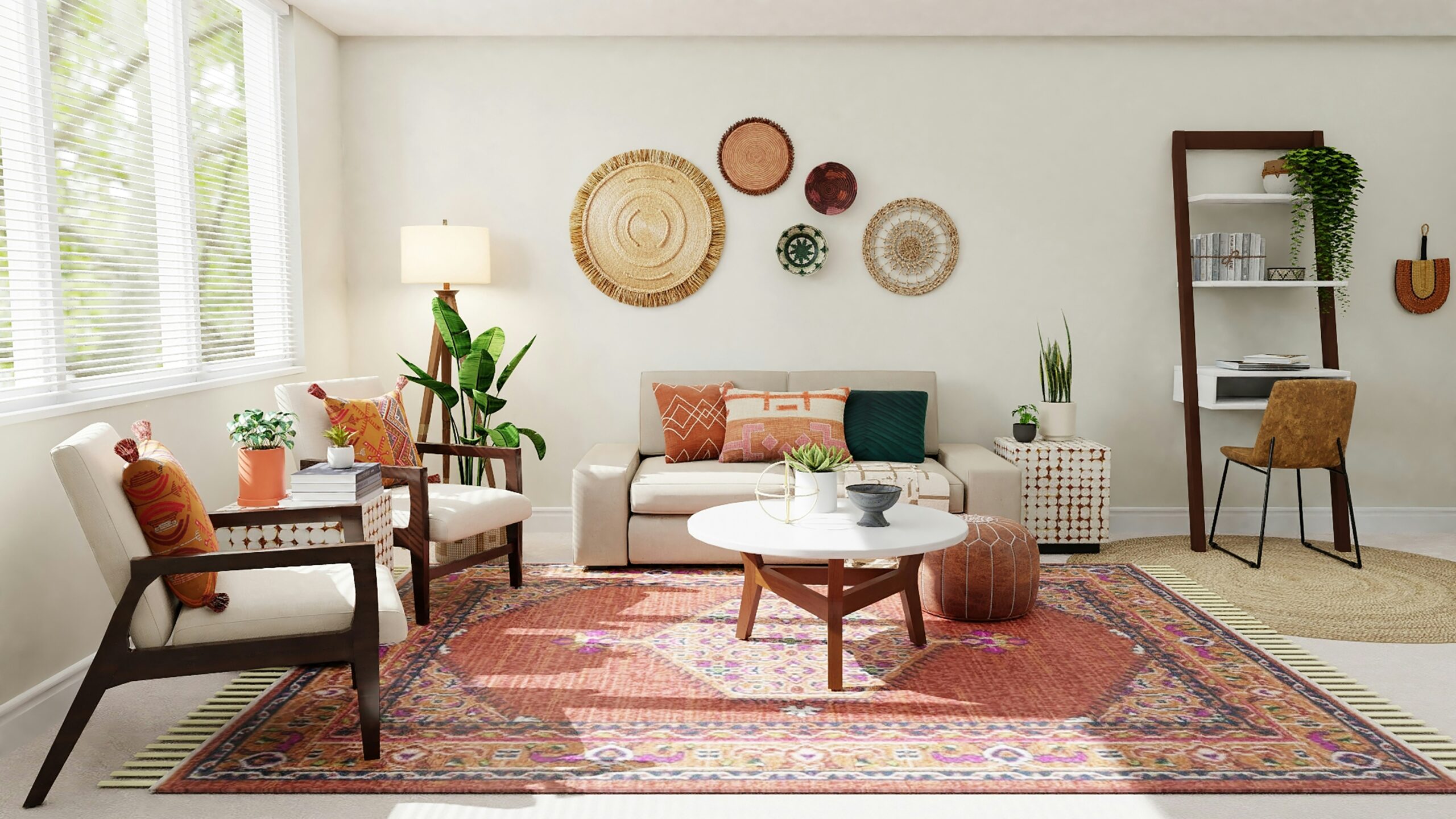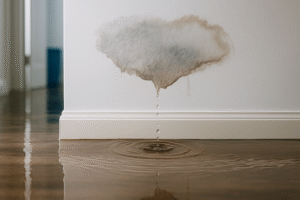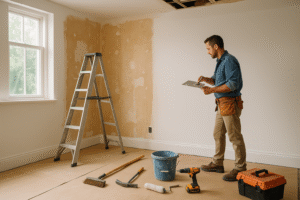You do not need to spend much to see real change. You only need a clear plan. Most homes already hold potential. You must reveal it through smart choices.
You can move furniture to open space. You can change curtains to let in more light. You can hang mirrors to make walls feel wider. These changes cost little. They make a big impact.
Each step brings results. Every choice shapes how your space feels.
You should look at one area first. Pick a hallway, bedroom, or entry. Fix what feels off. That first upgrade creates momentum.
Your home does not need a full makeover. It needs attention. It needs detail. Small efforts lead to major progress.
This guide gives you practical ideas. Every step works in real homes. You can start today. Each tip leads to visible results. You will see a difference faster than you think.
Focus on What Works for Real Life
You spend each day inside your home. You sit. You move. You cook. You rest. Every room must support that rhythm.
You should choose layouts that feel open. You must pick furniture that lasts. You need floors that clean fast. These details make life smoother.
Your home must serve a purpose. It should not just look good. You need comfort. You need ease. Smart design gives you both.
Use Texture to Create Visual Interest
You should never let a room feel flat. Add texture to bring life. Try a wood table next to a soft fabric chair. Place a metal lamp near cotton curtains. Use a rough rug under smooth floors.
Each texture adds depth. Each piece adds warmth. The mix makes the space feel rich.
Let Light Change the Mood
Natural light lifts a room fast. Pull back curtains. Use light paint on walls. Hang mirrors to bounce sunlight. These steps make rooms feel large.
In dark spots, place warm bulbs in layers. Use one on the table. Add one on the wall. Install one overhead. The glow makes your space feel calm.
Choose One Item That Stands Out
You only need one bold item in each room. Try a colorful chair. Add a big painting. Lay down a striking rug.
The bold piece draws the eye. It sets the tone. Keep everything else simple. This balance keeps your style clean.
Stick to Simple, Soothing Colors
Too many colors feel loud. You need harmony. Choose one base tone. Add two accents. For example, use soft white, warm wood, and calm green.
This trio works in any room. It sets a soft tone. It keeps the space feeling balanced.
Add Plants to Bring Fresh Energy
Plants make rooms feel alive. They clean the air and lift the mood. You do not need a green thumb. Try a snake plant or pothos. Place one on the shelf. Set one on the floor.
No sunlight? Use fake plants. Choose ones that look real. They still add impact.
Start Small With Easy DIY Projects
You do not need pros to change your space. Paint one wall. Add new handles to cabinets. Build a simple shelf. Each task takes little time.
These steps cost less. They reflect your taste. They make your home feel personal.
Change Your Decor With the Season
You should shift your style during the year. Use warm tones in cold months. Add light fabrics in summer. Swap blankets. Switch pillow covers.
These swaps refresh your space. They match the weather. You get a new look without big spending.
Choose Quality Over Quantity
You should invest in strong materials. Buy solid wood, thick fabric, and rust-proof metal. These items last longer. They look better over time.
You also help the planet. Many brands now sell eco-friendly products. They use recycled wood or safe paint. These picks are smart and stylish.
Learn and Share in Design Communities
You do not need to figure everything out alone. Many people face the same design problems. Some solve them in smart ways. Others ask the right questions. You should join that conversation.
You can follow blogs that show real homes. Look for posts that share honest results. Skip anything that feels staged or fake. The best content shows before and after. It proves that good design starts small.
You can also watch short videos. Choose ones that explain clear steps. A video that shows one fix is more useful than ten ideas without action. You can pause, rewind, and follow at your pace.
You should save photos that match your taste. Build a folder. Keep a record of what you like. This helps you stay focused when you start your own project.
Online groups also help. You can post a question and get five useful replies. You can show a picture and get honest feedback. People in these spaces want to help.
You should also share your results. Post your shelf upgrade. Show your wall color change. Even small steps inspire others.
Design grows through shared effort. You learn from others. Others learn from you. That exchange builds better homes.
Final Tip: Start With Function, Add Style After
Your home must help you live better. That is the main goal. You need spaces that work. Each room should solve a problem.
You must fix the basics before you think about style. Clear the clutter. Add smart storage. Use better lights. Choose calm colors that ease the mind. These steps make your home easier to use.
Style should come after function. That order keeps things simple. You avoid waste. You also stay focused on what matters.
You can add small upgrades once your space feels right. Hang wall art. Place bold pillows. Try a unique light fixture. These touches add beauty without stress.
You should always start with what you need. Add what you love next. That plan builds a home that looks good and works well.
Start now. One smart fix sets the tone. Everything else will follow.




